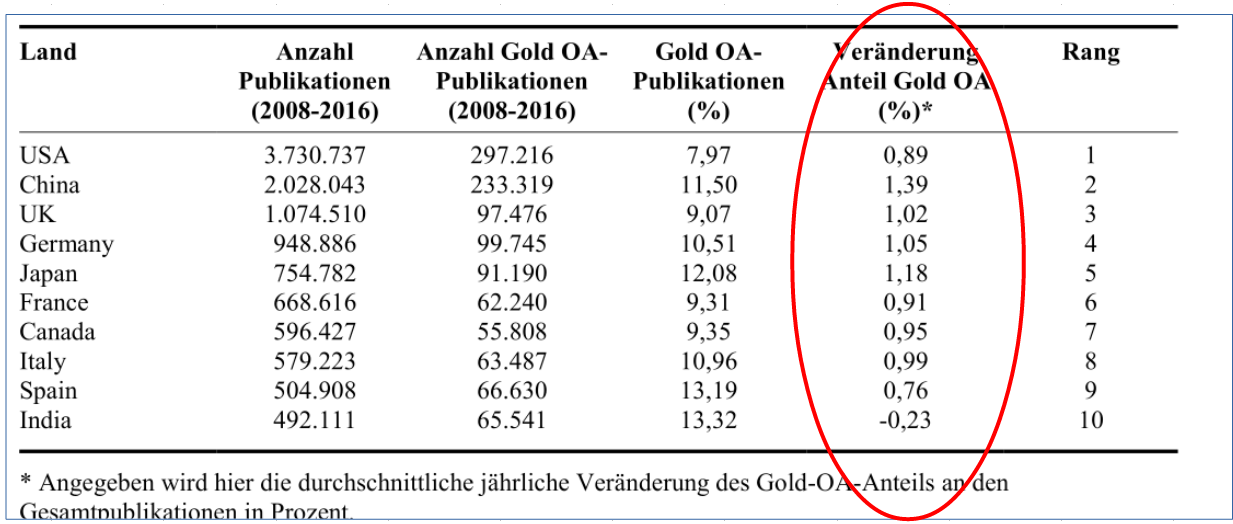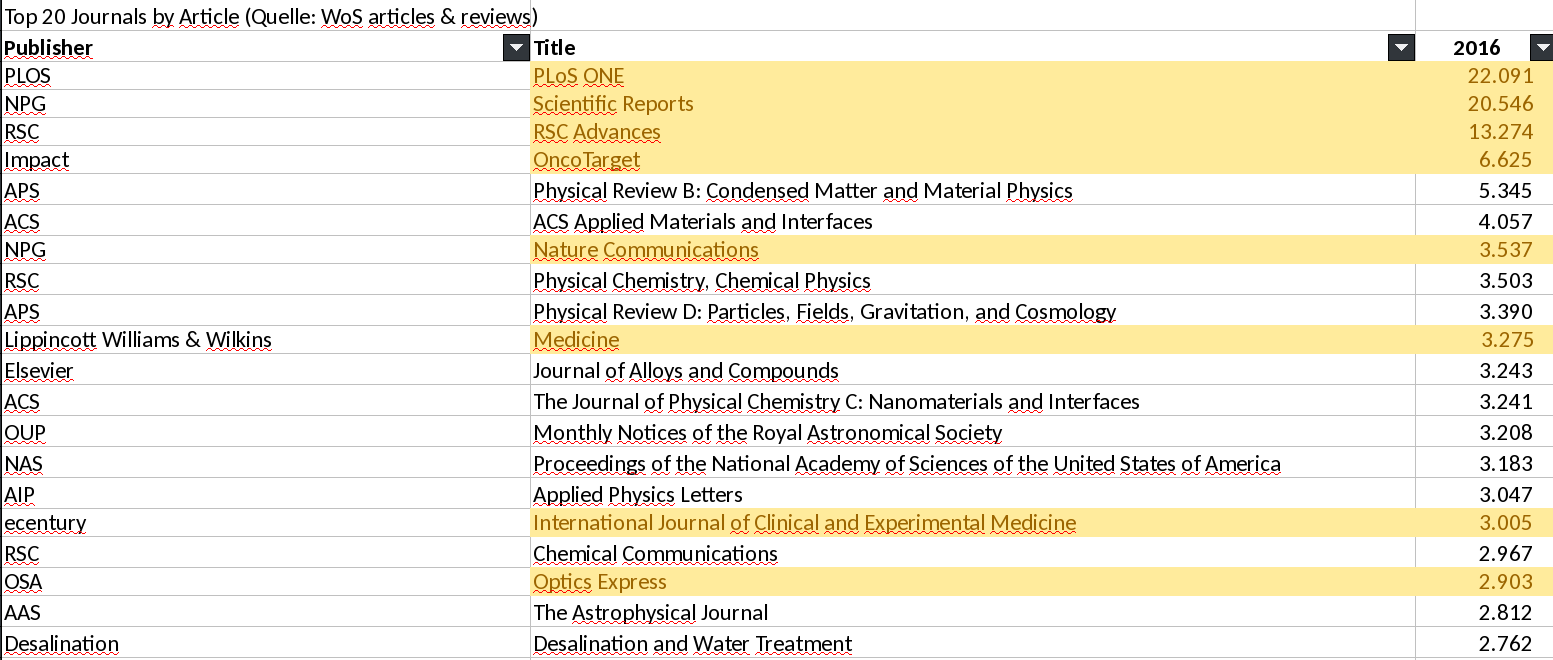Fair Open Access and OA2020-DE
The Open Access movement has produced many initiatives and approaches over the last 15 years, which have led to remarkable advances in the free availability of scientific publications. A key success factor here is the interaction of different transformation approaches with a public open access infrastructure. In the current discussion about Fair-Open-Access and the need for a public Open Access Infrastructure is often neglected that the growth rates of gold Open access publications are still very low.
An INTACT research report proves that the growth rate of the shares of Gold Open Access publications in the total publications based on the Web of Science is on average below one percent per year in the period 2008-2016, especially in the countries with the most publications.

(Source: Wohlgemuth, M., Rimmert, C., & Taubert, N. C. (Unpublished). Publikationen in Gold-Open-Access-Journalen auf globaler und europäischer Ebene sowie in Forschungsorganisationen. Bielefeld: Universität Bielefeld. Tabelle 2.1)
An obvious assumption to explain these low growth rates is still the small number of open access gold journals on the publication market. Of the top 20 journals (determined by the published volume of articles from 2016), 8 journals are now in Gold Open Access. In light of the totality of scientific journals this is far from sufficient to significantly increase the share of Gold Open Access articles.

(Source: Web of Science Articles & Reviews, Gold Open Access journals are yellow marked)
Therefore, OA2020-DE welcomes all approaches that aim at a faster and efficient transformation of the scientific publishing system into Open Access.
